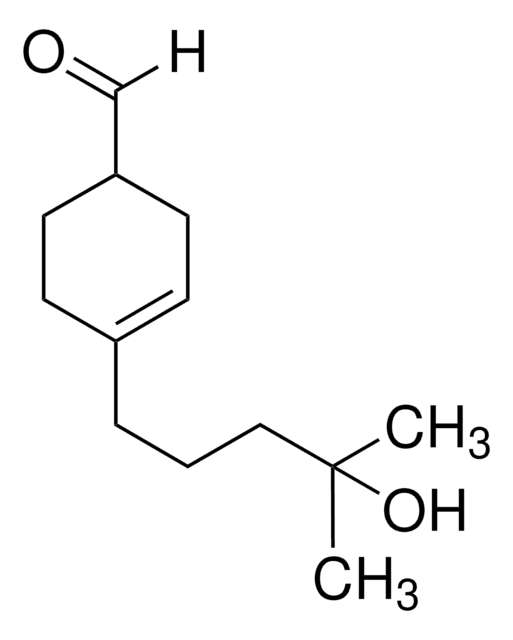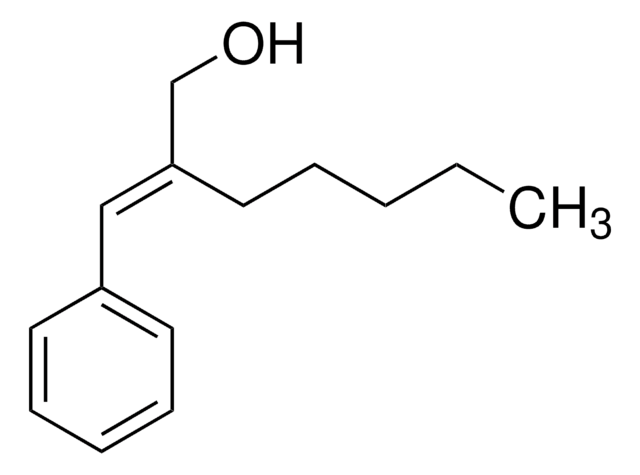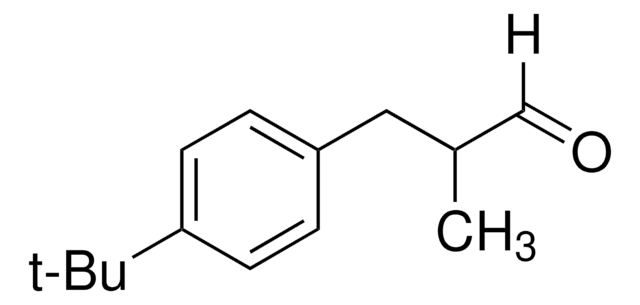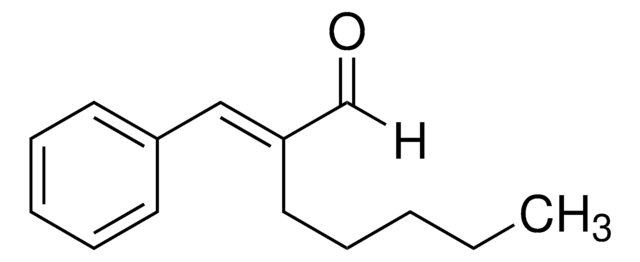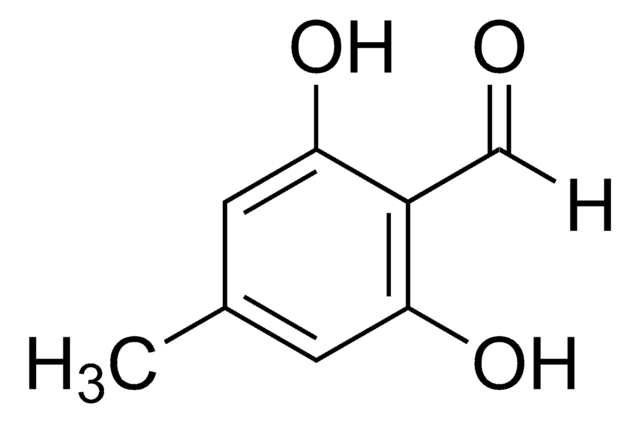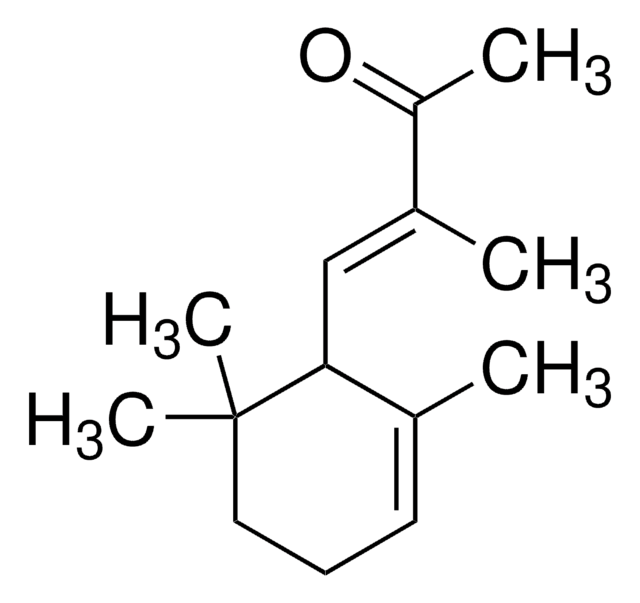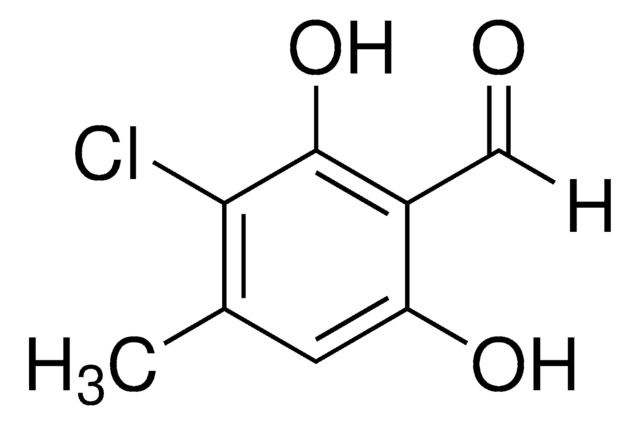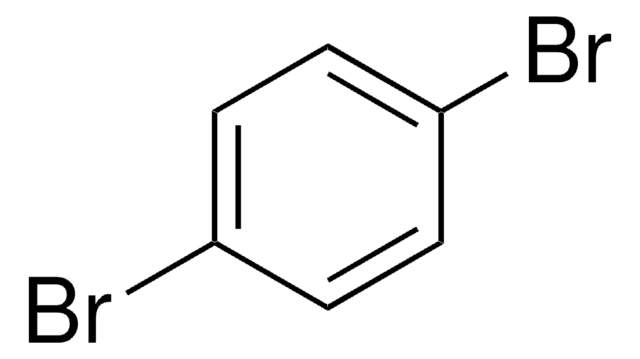推薦產品
儲存類別代碼
10 - Combustible liquids
水污染物質分類(WGK)
WGK 2
閃點(°F)
275.2 °F
閃點(°C)
135.1 °C
個人防護裝備
Eyeshields, Gloves
客戶也查看了
David A Basketter et al.
Contact dermatitis, 62(6), 349-354 (2010-06-19)
Previously, a quantitative risk assessment suggested there was no risk of induction of fragrance allergy from minor residues of fragrance chemicals on washed fabrics. To investigate whether there was any risk of the elicitation of contact allergy from fragrance chemical
Magnus Bruze et al.
Contact dermatitis, 58(3), 129-133 (2008-02-19)
The currently used fragrance mix in the European baseline patch test series (baseline series) fails to detect a substantial number of clinically relevant fragrance allergies. To investigate whether it is justified to include hydroxyisohexyl 3-cyclohexene carboxaldehyde (Lyral) and fragrance mix
Laura Cuesta et al.
Contact dermatitis, 63(2), 77-84 (2010-06-25)
Fragrance chemicals are the second most frequent cause of contact allergy. The mandatory labelling of 26 fragrance chemicals when present in cosmetics has facilitated management of patients allergic to fragrances. The study was aimed to define the characteristics of the
Vidyulata Kamath et al.
Schizophrenia research, 138(2-3), 280-284 (2012-04-28)
While olfactory deficits have been reported in schizophrenia and youths at-risk for psychosis, few studies have linked these deficits to current pathophysiological models of the illness. There is evidence that disrupted cyclic adenosine 3',5'-monophosphate (cAMP) signaling may contribute to schizophrenia
L A Fischer et al.
The British journal of dermatology, 161(3), 560-567 (2009-06-03)
Hydroxyisohexyl 3-cyclohexene carboxaldehyde (HICC) is a synthetic fragrance ingredient. Case reports of allergy to HICC appeared in the 1980s, and HICC has recently been included in the European baseline series. Human elicitation dose-response studies performed with different allergens have shown
我們的科學家團隊在所有研究領域都有豐富的經驗,包括生命科學、材料科學、化學合成、色譜、分析等.
聯絡技術服務